Fix: Semaphore timeout period has expired 0x80070079
The semaphore timeout period has expired error with 0x80070079 code might occur while transferring files over a network especially when the file sizes are huge. It can also happen when transferring files between your computer and portable drives. The chances of problem are directly proportional to the file size but sometimes you might also face the problem while transferring small files.
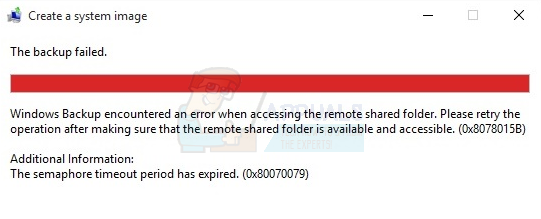
Causes of error
The main reason of this error is that the Windows does not retry the network connection and it is timed out. The reason for network problem might be because of weak signals or slow wired links or a faulty network adapter driver. This is the case when problem occurs while transferring files over a network.
The problem might also occur while transferring files from or to a portable device in which case the cause of the error might be the file system or incompatible port versions or might simply be the file transfer limit on your portable drive.
Method 1: Updating drivers of network adapters
- Hold Windows key and press R (release the Windows Key).
- Type devmgmt.msc and press Enter

- Click the arrow on the left side of Network Adapters

- Right click the wireless adapter and select Properties

- Click the Driver tab

- You will be able to see the full name of the Network Adapter and its driver version. If you are unsure whether the driver is latest or not, click Update Driver.
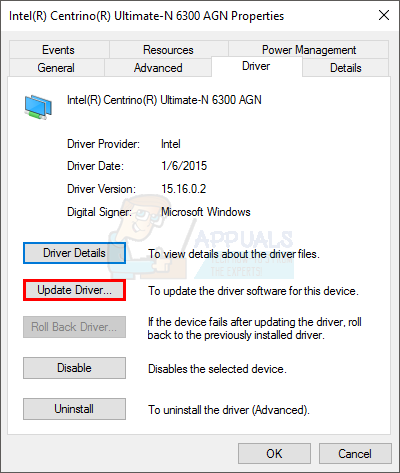
- Select Search automatically for updated driver software and wait until it is finished

Method 2: Disable Firewalls and anti-virus
- Hold Windows key and press X (release the Windows Key) and select Control Panel.
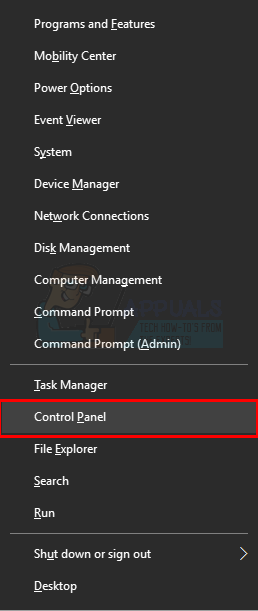
- Type Windows Firewall in the search bar located in the top right corner and click Windows firewall

- Click Turn Windows firewall on or off
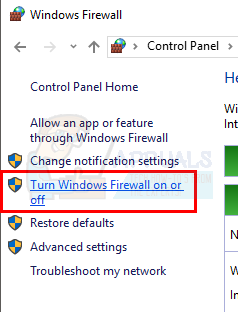
- Click Turn off Windows firewall (not recommended) in both private and public network settings
- Click ok.
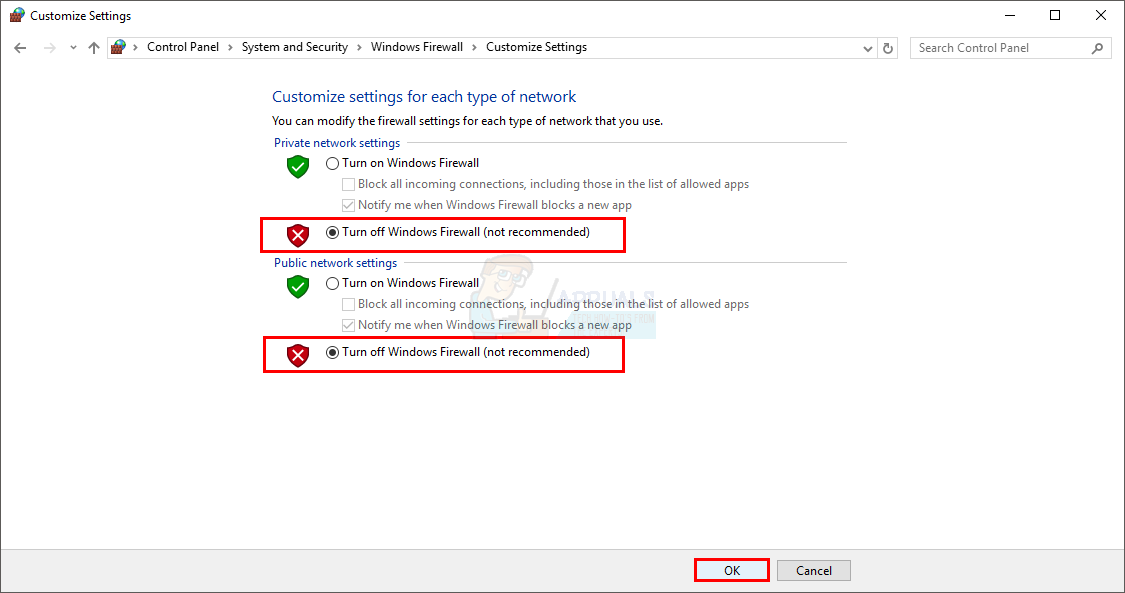
After you have disabled your firewall, disable your antivirus as well (if you have one). Try to copy the files again and check if it gives the error.
Method 3: Do a clean boot
To perform the clean boot of your system. Go here and follow the instructions for your Windows version.
Once you are done, try to copy the files again.
Method 4: FAT32 to NTFS file system
Sometimes the default file system (FAT32) might be the problem. Changing the file system to NTFS might solve the problem. This method will remove the data from the drive so make a copy of the data before formatting.
- Connect your portable drive with your computer
- Right click on the drive and select Properties
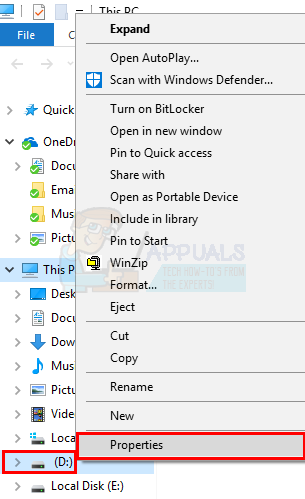
- Check the file system of the drive. If it FAT32 then click Cancel

- Right click on the drive and select Format…
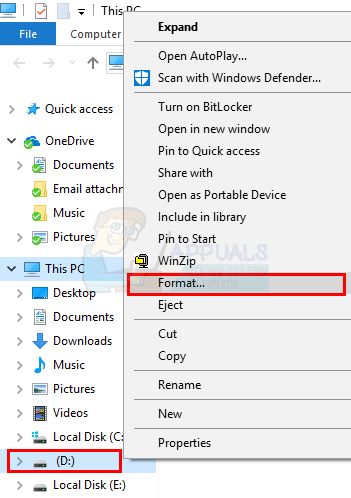
- Select NTFS from the drop down menu under File System
- Click Start and for it to finish.

Once the formatting is finished, transfer the files to the drive and try copying them again.